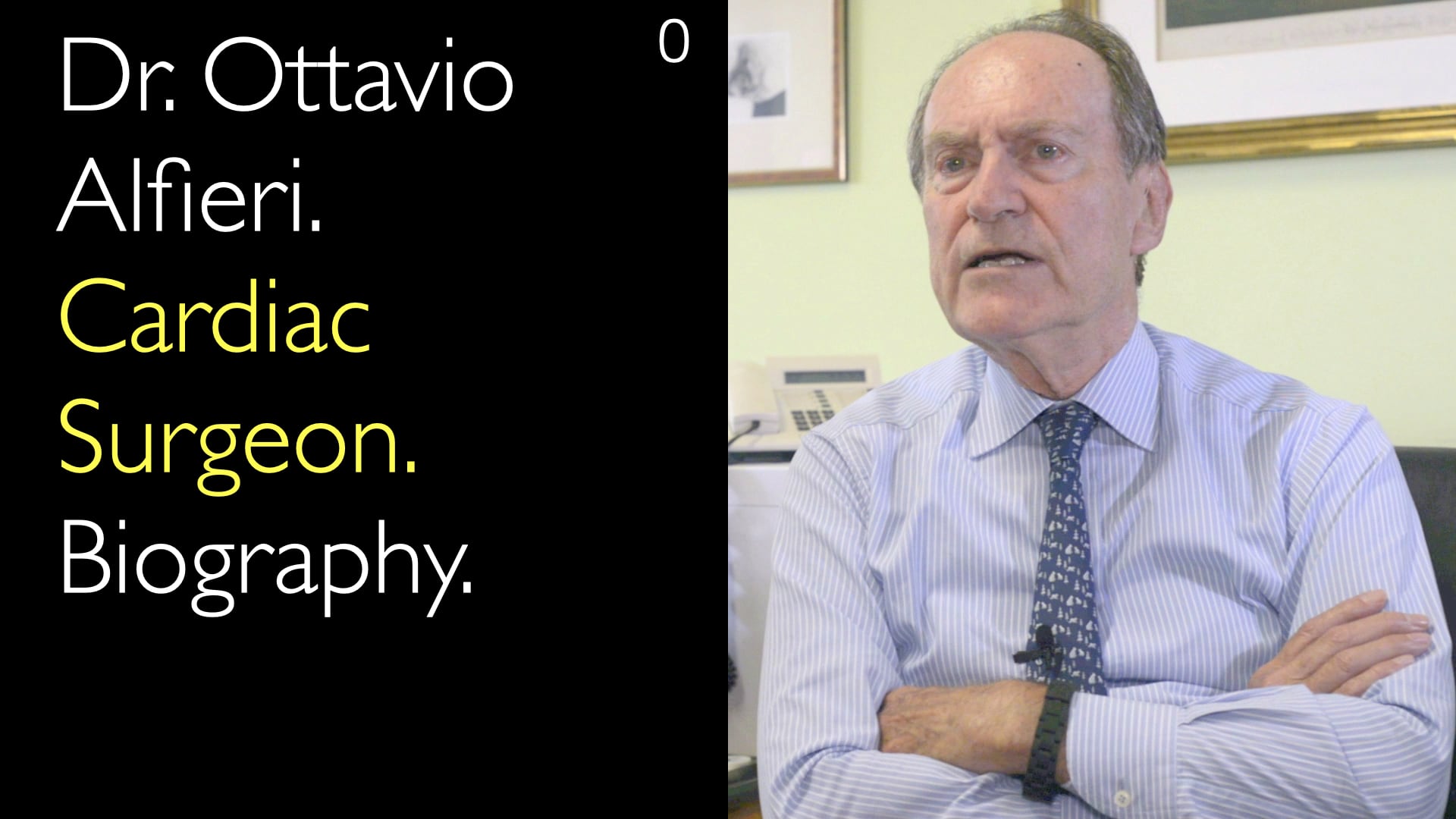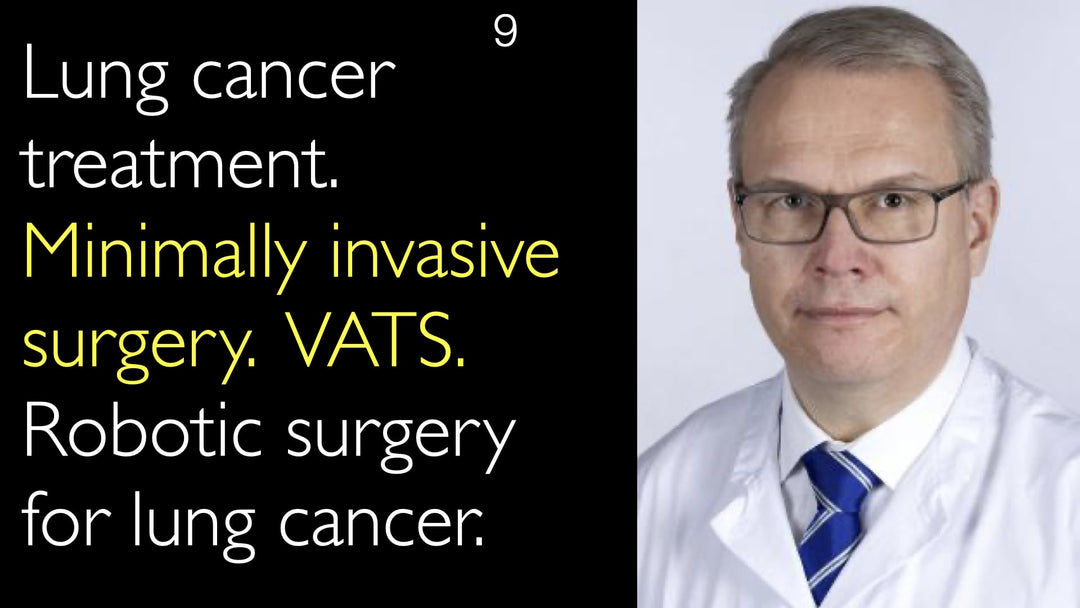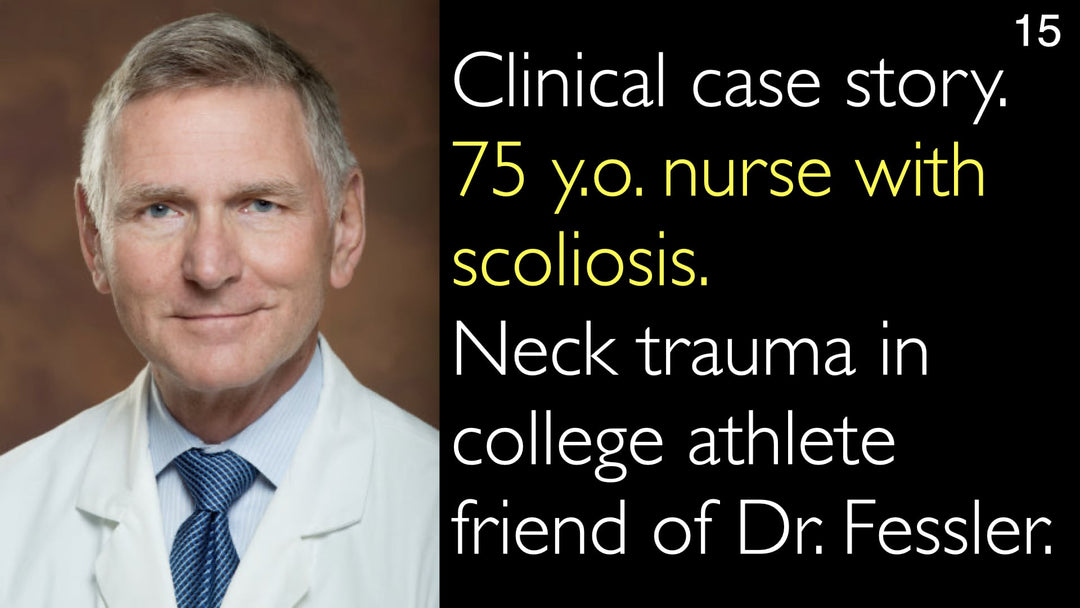Leading expert in transcatheter mitral valve repair, Dr. Ottavio Alfieri, MD, explains the benefits and applications of the MitraClip system for patients with mitral valve regurgitation. The MitraClip, a percutaneous edge-to-edge repair technique, offers a minimally invasive option for patients at high surgical risk. Dr. Alfieri discusses patient selection criteria, emphasizing the importance of anatomical suitability and patient preferences. He compares the outcomes of MitraClip with traditional open-heart surgery, highlighting its role in treating functional mitral regurgitation due to heart failure and left ventricular dysfunction.
Transcatheter Mitral Valve Repair: MitraClip System Explained
Jump To Section
- MitraClip Benefits for Mitral Valve Regurgitation
- Patient Selection for MitraClip Procedure
- Comparison with Open-Heart Surgery
- Functional vs. Organic Mitral Regurgitation
- Guidelines and Recommendations for MitraClip
- Full Transcript
MitraClip Benefits for Mitral Valve Regurgitation
The MitraClip system is a leading transcatheter technique for mitral valve repair, particularly beneficial for patients with mitral valve regurgitation. Dr. Ottavio Alfieri, MD:, highlights that the MitraClip offers a minimally invasive alternative to traditional surgery, making it suitable for patients with high surgical risk. Over 100,000 patients worldwide have benefited from this edge-to-edge repair method, which is based on the Alfieri technique.
Patient Selection for MitraClip Procedure
Dr. Alfieri emphasizes that the MitraClip is ideal for patients who are older, have comorbidities, or exhibit frailty, as well as those with severe left ventricular dysfunction. These factors contribute to a high surgical risk, making the MitraClip a preferable option. Patient preferences also play a role, especially for those seeking faster recovery or who are apprehensive about open-heart surgery.
Comparison with Open-Heart Surgery
While open-heart surgery offers excellent long-term outcomes for mitral valve disease, Dr. Alfieri notes that the MitraClip provides a viable alternative for high-risk patients. He advises against the transcatheter approach for patients who can safely undergo surgery, as surgical results are superior. However, for those unable to tolerate surgery, the MitraClip presents a low-risk, effective solution.
Functional vs. Organic Mitral Regurgitation
The MitraClip is particularly effective for functional mitral regurgitation, often associated with heart failure and left ventricular remodeling. Dr. Alfieri explains that in cases where the left ventricle is dilated and not contracting properly, the MitraClip is a recommended first-line treatment. For organic mitral regurgitation, open-heart surgery remains the preferred option due to better outcomes.
Guidelines and Recommendations for MitraClip
According to recent European Guidelines, the MitraClip is recommended with a 2A grade for patients with functional mitral regurgitation, indicating it should be considered for these cases. Dr. Alfieri points out that open-heart surgery holds a 2B grade recommendation, suggesting it may be considered but is not the primary choice. The MitraClip's role in treating functional mitral regurgitation underscores its importance in modern cardiac care.
Full Transcript
Dr. Anton Titov, MD: Transcatheter mitral valve repair is a treatment option today for many patients with functional mitral valve regurgitation and organic mitral valve regurgitation. What is a MitraClip system for mitral valve repair? Which patients benefit most from the MitraClip system for the repair of their diseased mitral valve?
Dr. Ottavio Alfieri, MD: One of the big merits of the edge-to-edge mitral valve repair technique is to open the way to the percutaneous method of mitral valve repair. As a matter of fact, the edge-to-edge technique represented the basis for the percutaneous treatment of mitral valve repair. Nowadays, it is used very extensively around the world.
You have to think that more than 100,000 patients benefited from the edge-to-edge percutaneous technique (Alfieri technique). Certainly, the patients who were treated in this way are those who have a high surgical risk—those patients who are particularly older, who have comorbidities or frailty. Patients who have severe left ventricular dysfunction are suitable for transcatheter mitral valve repair.
All these things are making the surgical risk very high - up to the point that the benefit of the surgical operation doesn't exist anymore. So I think that in those patients, in particular, the percutaneous edge-to-edge technique of mitral valve repair can have a very important role in treatment.
And the MitraClip was developed by you and your colleagues. Now it's accepted around the world as one of the most common transcatheter mitral valve repair methods.
Dr. Ottavio Alfieri, MD: MitraClip is certainly, definitely, the most common percutaneous mitral valve repair technique which is used nowadays in the world. By far, there is a large distance between MitraClip and the second next one. MitraClip is really by far the most commonly used technique for transcatheter percutaneous mitral valve repair.
And we also have other percutaneous techniques, of course—for example, annuloplasty, which can be performed by percutaneously reproducing the ring annuloplasty. Percutaneous annuloplasty is carried out occasionally but less frequently compared with the MitraClip.
We also have the possibility of replacing the mitral valve with the transcatheter percutaneous methods. This is not very much standardized (yet). Not large numbers of the patient have received the mitral valve via a catheter-based percutaneous treatment methods.
So replacement of the mitral valve is also possible with transcatheter techniques. What kind of patients would benefit most? Is it just an unacceptable surgical risk for open mitral valve replacement that serves as an indication for percutaneous mitral valve repair?
Dr. Ottavio Alfieri, MD: There are nowadays patients who are at very, very high risk for conventional surgery. Those patients can benefit from the MitraClip. Because if we can offer them an effective percutaneous treatment with the MitraClip, this has to be preferred because the risk of the MitraClip procedure is extremely low.
So you mentioned a little bit earlier in the conversation that the wishes of the patient also play a significant role in choosing between open heart surgery techniques (for example, mitral valve repair) and transcatheter techniques of mitral valve treatment. So perhaps somebody is not considered the highest surgical risk based on medical definitions. But that patient perhaps wants to perhaps recover faster or is genuinely afraid of open-heart surgery. How would they weigh the results of transcatheter techniques today with the open heart surgery regarding the mitral valve treatment?
Dr. Ottavio Alfieri, MD: In mitral valve disease, open heart surgery offers the best results and the long-term outcome is extremely good. So it's difficult to propose a transcatheter technique for somebody who can have open heart surgery at very low risk and with excellent results from the open-heart surgery.
So in those particular cases, I would be rather reluctant to consider the patient's wish because it is not in his interest. And in those cases, it is usually very easy to talk with the patient. It is easy to convince him that the transcatheter method of mitral valve treatment is not the best way.
Of course, the percutaneous method [of mitral valve repair or replacement] can be very attractive. But we have to face reality. We have to face the results and take into account the long-term benefits of each treatment procedure.
Perhaps a patient nevertheless chooses the percutaneous transcatheter method of mitral valve treatment. Does that mean that they can expect to have the repeat surgery done in 10 years or five years? Or just the functional results are not as good as with open surgery?
Dr. Ottavio Alfieri, MD: Yeah, this depends on the anatomy [of mitral valve and heart]. The results are nothing compared with the results of open-heart surgery, particularly in organic mitral regurgitation situations. It is different in functional mitral regurgitation. In those cases, where the problem is particularly located in the left ventricle. It is not contracting properly. The left ventricle is dilated, and so on.
In those cases, the MitraClip can be suggested as the first treatment option. MitraClip is a more attractive option compared with surgical mitral valve repair methods. As a matter of fact, in the recent European Guidelines, the edge-to-edge transcatheter mitral valve repair is given as a recommendation of 2A grade. That means it should be considered for those particular patients.
The open-heart surgery option is not 2A grade. It is 2B grade recommendation so that open surgery may be considered.
That's very important. MitraClip for functional mitral regurgitation, meaning mitral regurgitation due to heart failure and intrinsic heart disease with the remodeling of the left ventricle.
Dr. Ottavio Alfieri, MD: Exactly, exactly. So for those cases, the MitraClip, if it is suitable from the anatomical point of view, can be the correct treatment choice.








